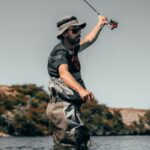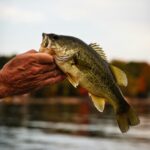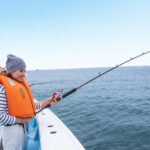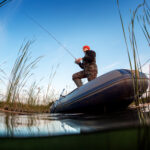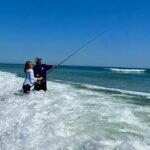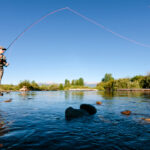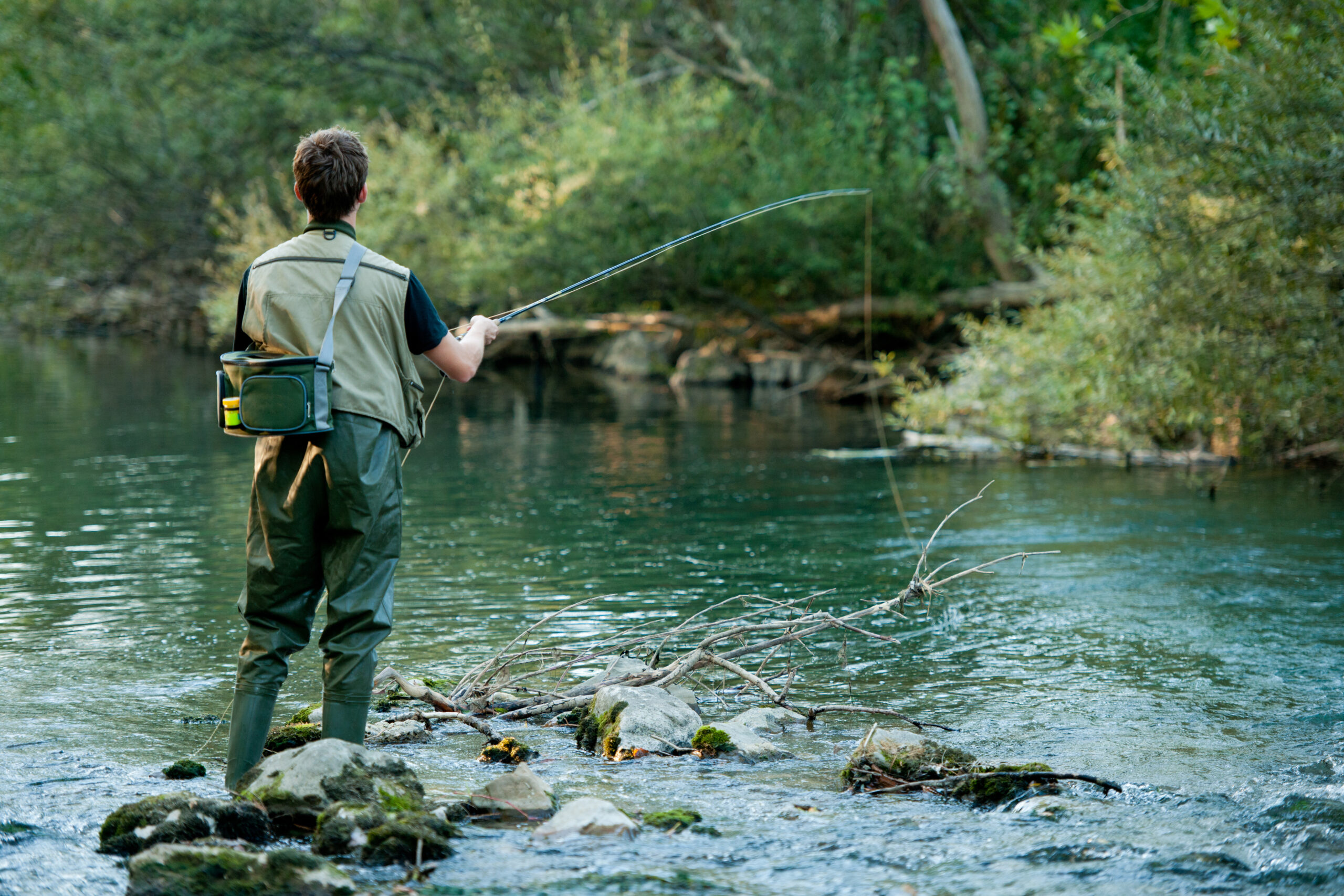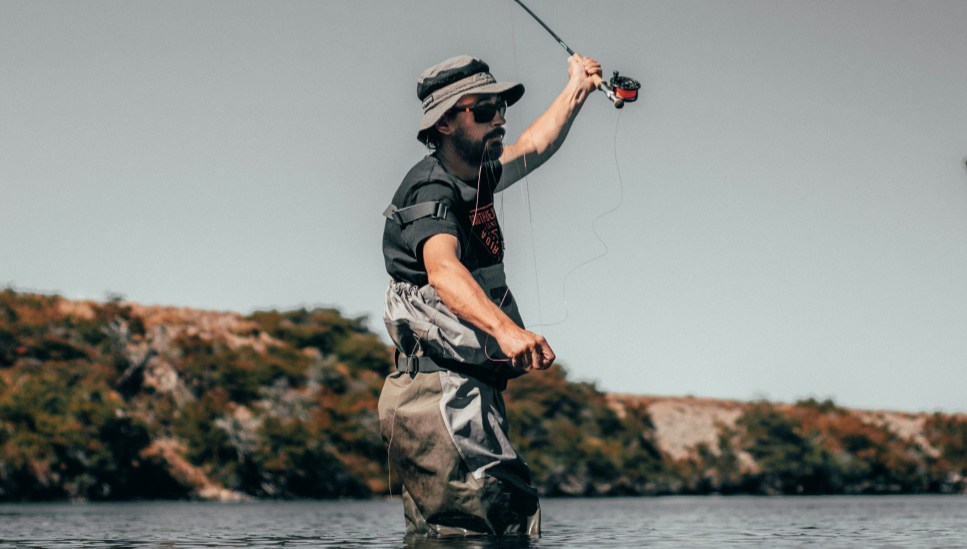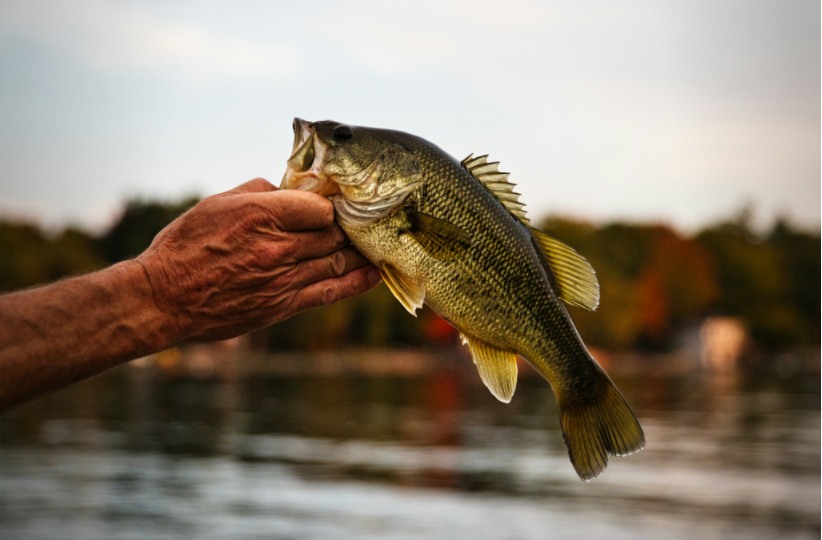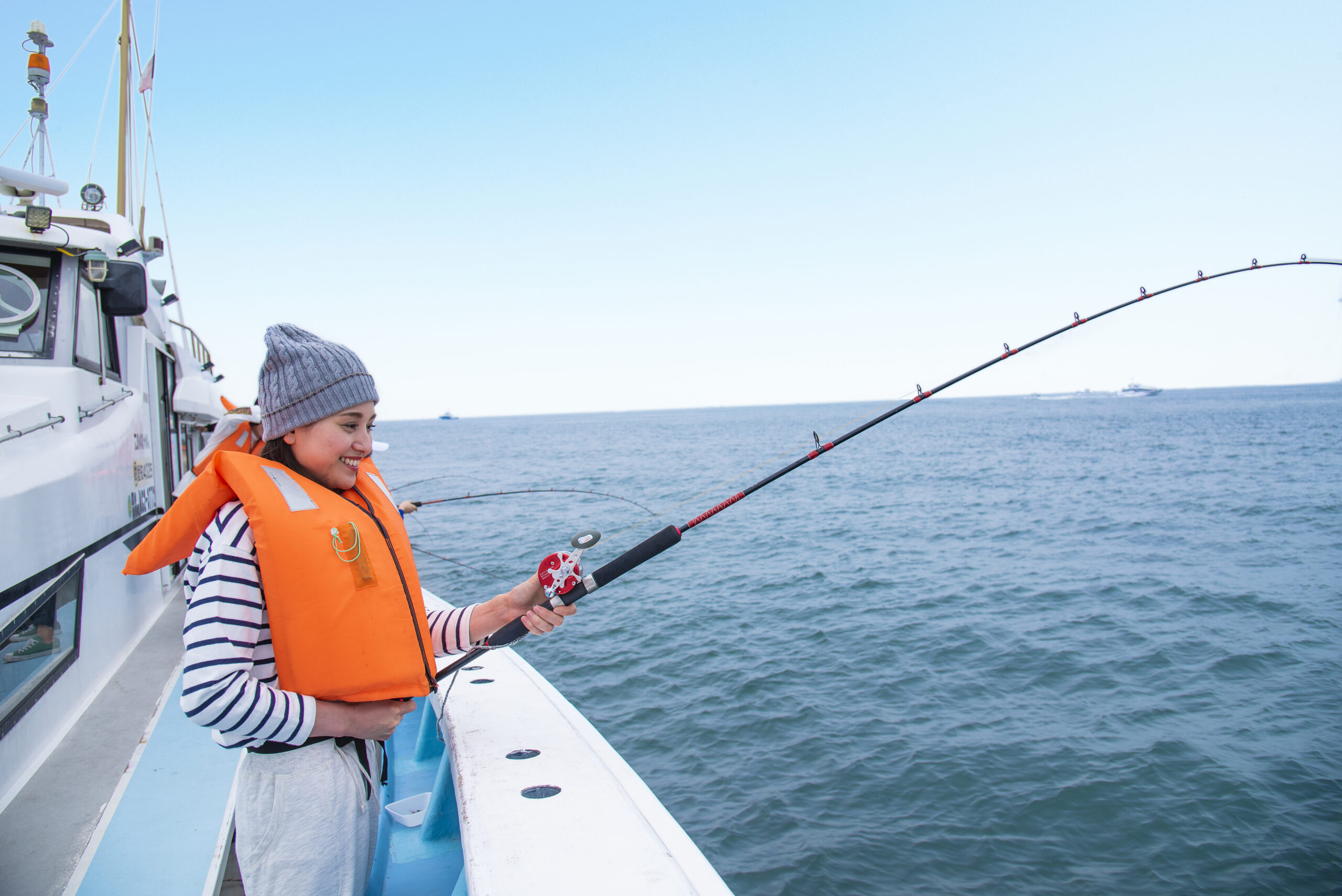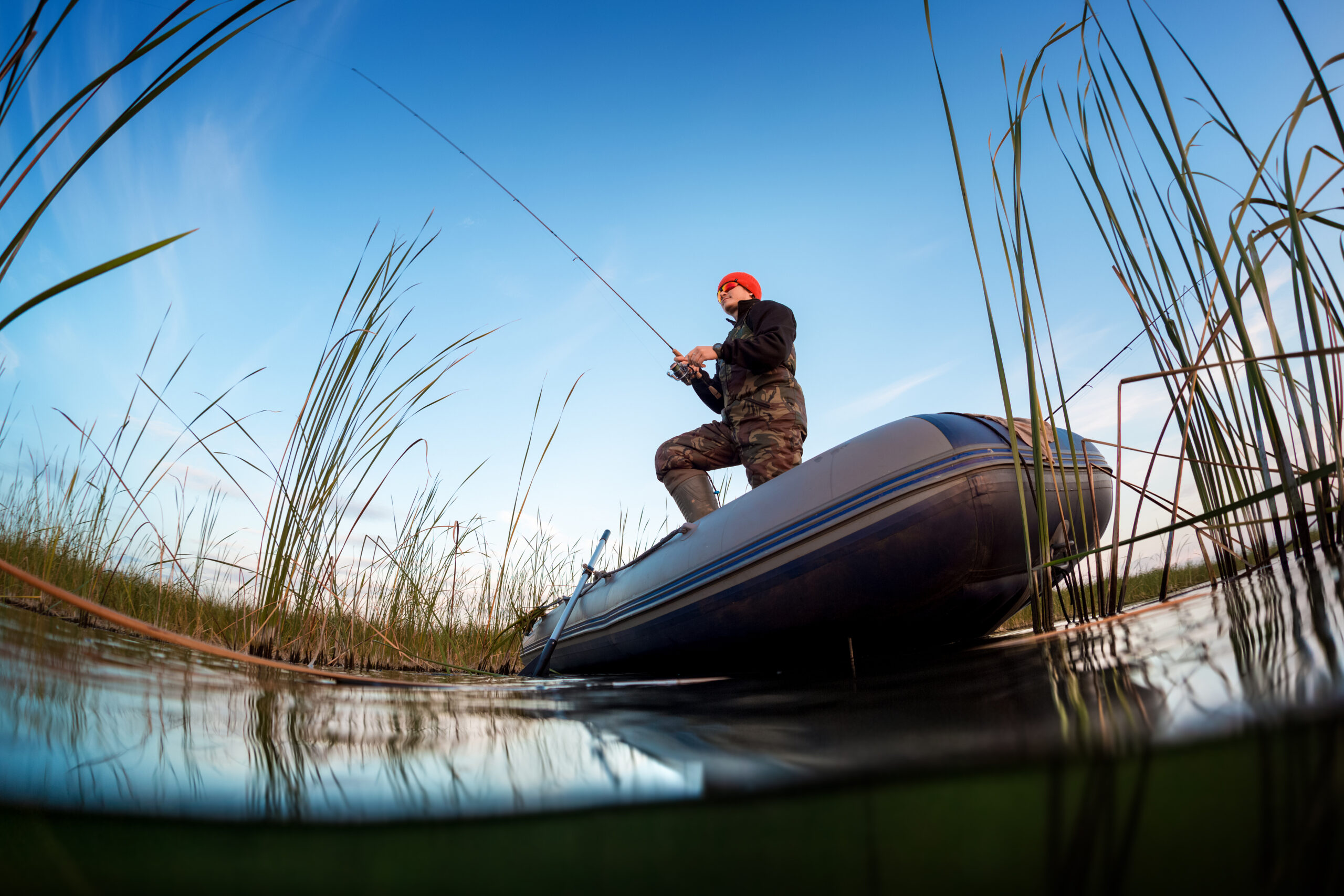Spring is one of the most exciting times of the year for fly fishing. As the snow melts and the water warms, rivers and lakes come alive with hungry fish eager to feed after the long winter. The changing conditions of spring demand a flexible and strategic approach to fly fishing, where knowing the right patterns, adjusting to water temperature, and using the proper gear can mean the difference between a successful day on the water and going home empty-handed. Whether you’re targeting trout in a swift river or panfish in a calm lake, understanding the nuances of spring fly fishing will put you ahead of the game.
Understanding Spring Conditions
Spring fly fishing is defined by dynamic and often unpredictable conditions. Melting snow and spring rains raise water levels, causing rivers and streams to flow faster and carry more sediment. This results in:
- Higher and murkier water: Fish become less visually selective, relying more on vibration and scent.
- Fluctuating water temperatures: Fish are more active as water temperatures climb from the 40s to the 50s (°F).
- Increased insect activity: Spring hatches of midges, mayflies, caddisflies, and stoneflies create a feeding frenzy for trout and other fish.
Understanding how these factors influence fish behavior helps you select the right flies and presentation techniques.
Best Spring Fly Patterns
Choosing the right fly pattern in spring comes down to mimicking the natural food sources available to fish. Here are some of the most effective spring fly patterns:
🪰 Nymph Patterns
Since most aquatic insects spend the majority of their lifecycle as nymphs, trout and other species are accustomed to feeding on them year-round. Spring’s colder water makes nymphing especially effective.
- Pheasant Tail Nymph – A versatile, realistic imitation of mayfly nymphs.
- Hare’s Ear Nymph – Its buggy appearance and subtle flash make it deadly in murky water.
- Prince Nymph – Its bead head and peacock herl body give it a natural appearance in varying light conditions.
🦟 Dry Fly Patterns
As hatches increase with warming temperatures, dry flies become more effective, especially during afternoon and evening rises.
- Blue Wing Olive (BWO) – A must-have for early spring hatches.
- Parachute Adams – Imitates a wide range of mayflies, making it a versatile choice for matching the hatch.
- Elk Hair Caddis – Effective during spring caddisfly hatches.
🌊 Streamers
Streamers imitate baitfish and larger aquatic insects, triggering aggressive strikes from larger fish. They work especially well in high, fast-moving water.
- Woolly Bugger – A spring staple that imitates leeches, baitfish, and aquatic insects.
- Muddler Minnow – Its deer hair head creates turbulence in the water, mimicking a struggling baitfish.
- Zonker – A go-to for catching larger, predatory trout.
Spring Fly Fishing Strategies
Fishing successfully in spring means adjusting your approach to the conditions.
🎯 1. Target Warmer Water
Fish are more active in water between 45°F and 55°F. In the morning, fish will hold in deeper, slower water where temperatures are more stable. As the sun warms shallow water in the afternoon, fish move toward the banks and riffles to feed.
🌊 2. Focus on Structure
High water flow in spring pushes fish toward sheltered areas such as:
- Eddies behind rocks and logs
- Undercut banks
- Slow-moving pools
Fish are energy-conscious in colder water and prefer areas where they can feed without expending too much energy.
🌅 3. Match the Hatch
Spring insects tend to be smaller than summer hatches. Pay close attention to what’s hatching on the water and switch to similar-sized patterns. If fish are rising but refusing your fly, try downsizing one or two sizes.
🪶 4. Fish Deep and Slow
In colder water, fish are less aggressive and less willing to chase fast-moving flies. Use weighted nymphs and streamers, allowing them to drift naturally near the bottom where fish are holding. A slow, twitchy retrieve works better than fast stripping.
Essential Spring Fly Fishing Gear
Having the right gear for spring fly fishing ensures you’re prepared for the changing conditions:
🎣 1. Fly Rod and Reel
- Rod: A 9-foot, 5-weight fly rod is versatile for most spring conditions.
- Reel: Choose a reel with a smooth drag system to handle larger, more aggressive spring fish.
👕 2. Waders and Boots
Spring waters are cold and fast-moving. Chest waders and felt-soled or rubber-soled boots provide the warmth and traction you need for navigating rocky riverbeds.
🥶 3. Layered Clothing
Spring weather can shift quickly from sunny to cold and wet. Wear moisture-wicking base layers, an insulating mid-layer, and a waterproof shell.
🪢 4. Leaders and Tippet
Spring water can be murky, so opt for stronger tippets (4X to 5X) to handle larger, aggressive fish. In clear water, switch to thinner leaders (6X) to avoid spooking fish.
🎯 5. Strike Indicators and Split Shot
Using a strike indicator helps you detect subtle bites in faster currents. Split shot weight ensures your nymphs and streamers reach the bottom quickly.
Spring Fly Fishing Challenges and How to Overcome Them
Even experienced anglers face challenges in spring fishing. Here’s how to handle some of the most common issues:
🌪️ High, Fast Water
- Use larger nymphs and streamers that are easier for fish to see in turbulent water.
- Focus on eddies, seams, and slow pools where fish are likely to hold.
🦟 Early Season Hatches Are Sparse
- Fish subsurface patterns like nymphs and streamers until consistent hatches begin.
- If fish are rising sporadically, try an emerger pattern.
🌧️ Cold Fronts and Weather Shifts
- Fish become less active after a cold front. Slow down your presentation and use smaller flies.
- Focus on deep pockets and pools where fish seek stable temperatures.
Final Thoughts
Spring fly fishing is about understanding the seasonal changes in water temperature, fish behavior, and insect activity. By using the right patterns, adapting to the conditions, and having the right gear, you’ll increase your chances of landing more fish and making the most of the early season bite. So grab your fly rod, tie on a Woolly Bugger or a Pheasant Tail Nymph, and hit the water—it’s time to kick off the fly fishing season in style! 🎣

